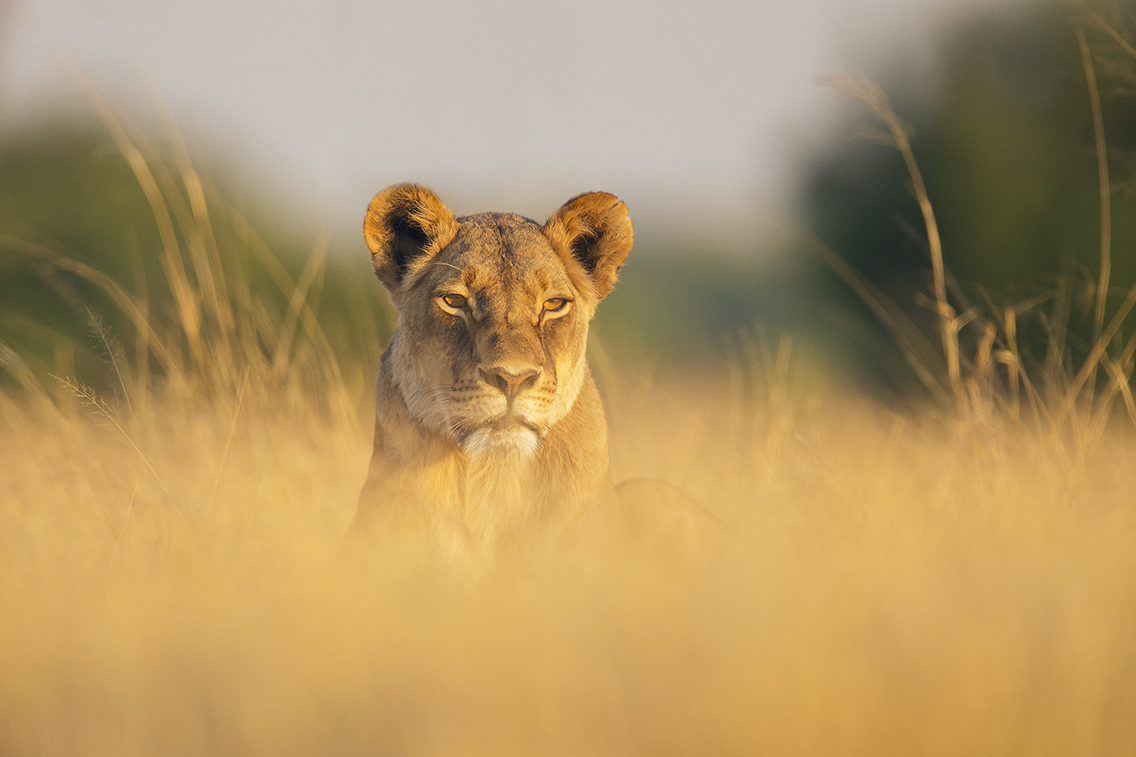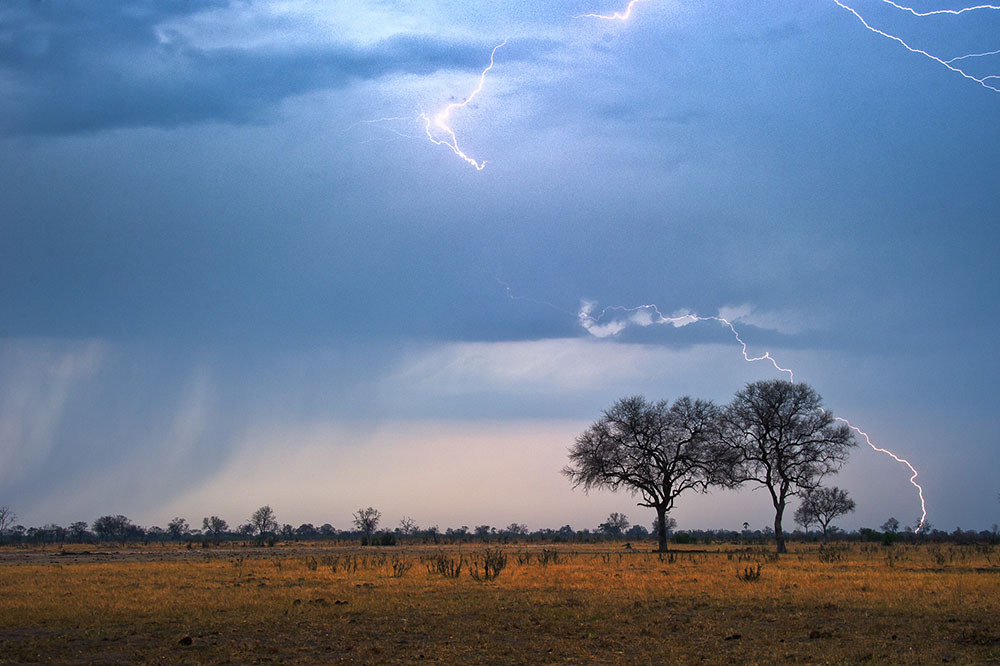Peak season in Zimbabwe: April to October
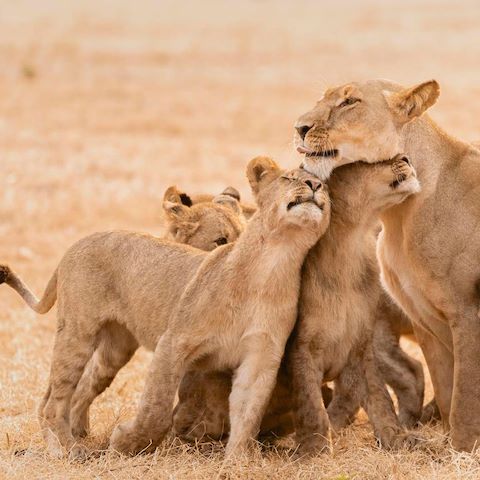
Understanding the season
Reduced cover and weakened prey
Predators capitalise on water scarcity
Increased interaction between predators
01 /
06
Vultures: Nature’s clean-up crew
Collaboration with predators and a balanced ecosystem

Mana Pools and Hwange: A tale of two parks
Mana Pools National Park
01 /
06
Hwange National Park
01 /
06
Wilderness camps and boreholes
Ngamo Plains
When the rains return
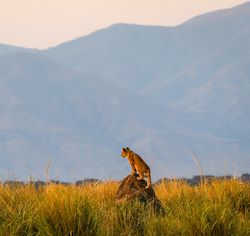
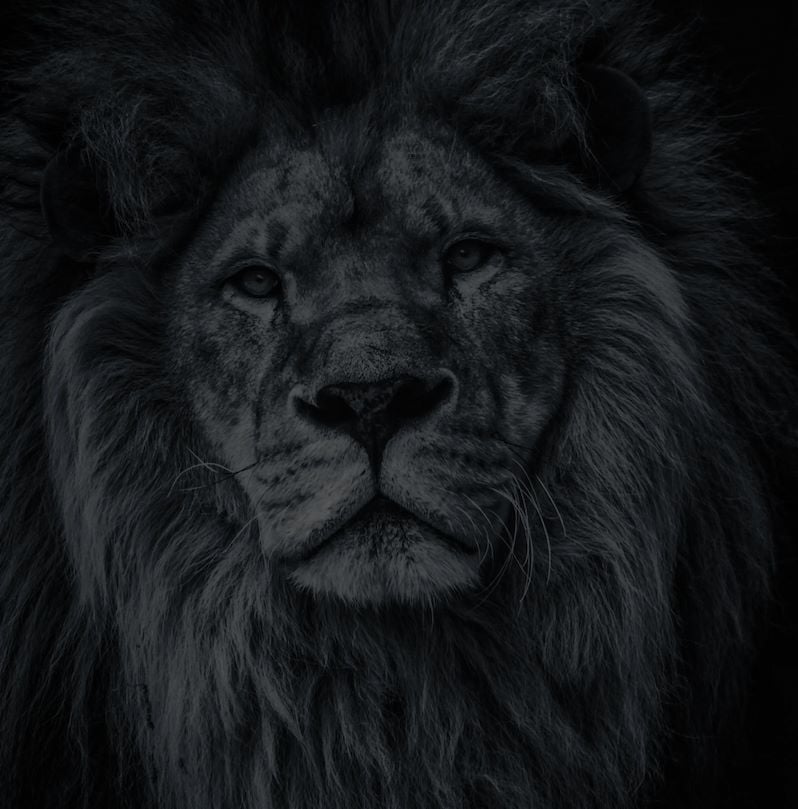
Let’s plan your next journey
Ready?
When we say we’re there every step of the way, we mean it, literally. From planning the perfect circuit, to private inter-camp transfers on Wilderness Air, and easing you through Customs. We’re with you on the ground, at your side, 24-7, from start to finish. Ready to take the road less travelled? Contact our Travel Designers to plan an unforgettable journey.

